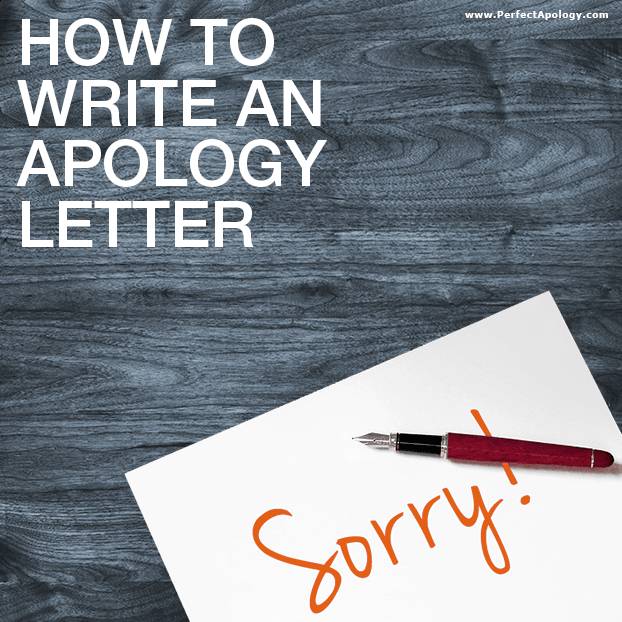At some point in our lives, we all make mistakes or unintentionally hurt others. When this happens, offering a sincere apology can help mend relationships and demonstrate accountability. While apologizing in person is often the preferred approach, there are times when writing an apology letter can be more appropriate or necessary. In this guide, we'll explore the essential elements of crafting an effective apology letter that expresses genuine remorse and fosters reconciliation.
1. Begin with a Sincere Salutation
Start your apology letter with a sincere salutation that addresses the recipient respectfully. Use their name or appropriate title to convey sincerity and respect. For example, you could begin with "Dear [Recipient's Name]," or "To Whom It May Concern," depending on your relationship with the recipient.
2. Acknowledge Your Mistake
The first step in any apology is acknowledging your mistake or wrongdoing. Clearly state what you did wrong and take full responsibility for your actions. Avoid making excuses or shifting blame onto others. Instead, demonstrate humility and accountability by owning up to your mistake. For example, you could say, "I am writing to apologize for [describe your actions or behavior]. I recognize that my actions were hurtful and inappropriate."
3. Express Genuine Remorse
Express genuine remorse for your actions and the impact they had on the recipient. Use empathetic language to convey your understanding of how your behavior affected them emotionally. Show empathy and compassion by acknowledging the pain or discomfort you may have caused. For example, you could say, "I am truly sorry for the pain and disappointment I have caused you. I understand how my actions must have made you feel, and I deeply regret the hurt I have caused."
4. Offer a Sincere Apology
Offer a sincere apology to the recipient, expressing your genuine desire to make amends and seek forgiveness. Use words such as "I apologize," "I'm sorry," or "Please forgive me," to convey your remorse and sincerity. Avoid minimizing the impact of your actions or using insincere apologies that undermine the sincerity of your apology. For example, you could say, "I apologize for my behavior and the pain it has caused you. I take full responsibility for my actions and am committed to making things right."
5. Make Amends
In addition to apologizing, offer to make amends or take corrective action to rectify the situation. Be specific about how you plan to address the consequences of your actions and prevent similar incidents from occurring in the future. This demonstrates your commitment to repairing the relationship and rebuilding trust. For example, you could say, "I am committed to making things right and am willing to [offer specific actions or solutions]. Please let me know how I can best rectify the situation and regain your trust."
6. Close with a Positive Note
End your apology letter on a positive note by expressing gratitude for the recipient's understanding and forgiveness. Reiterate your sincere apology and express your hope for reconciliation and continued positive interactions. For example, you could say, "Thank you for taking the time to read this letter and consider my apology. I value our relationship and am committed to earning back your trust. I hope we can move forward from this experience with understanding and forgiveness."
In conclusion, writing an effective apology letter requires sincerity, humility, and empathy. By acknowledging your mistake, expressing genuine remorse, offering a sincere apology, making amends, and closing on a positive note, you can craft a heartfelt apology letter that fosters reconciliation and strengthens relationships. Remember to be honest and genuine in your words, and take responsibility for your actions. A well-written apology letter can go a long way in repairing hurt feelings and restoring trust.


